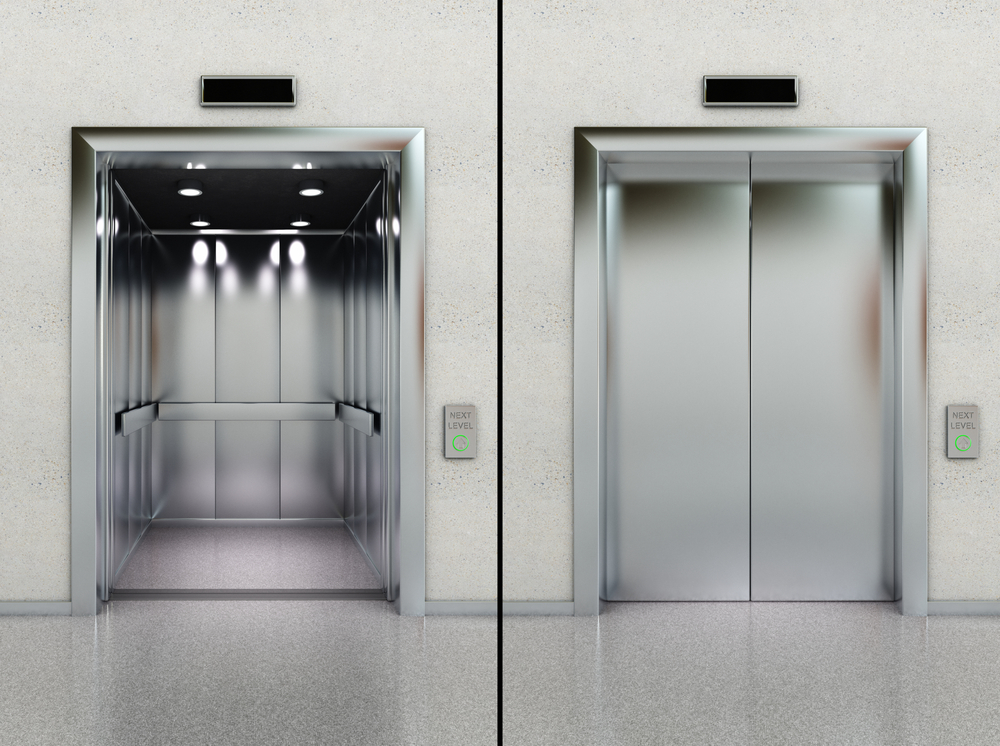Leading Lift Companies in London: Providing Exceptional Solution and Support
Looking Into the World of Lifts: Common Issues Faced by Numerous Lift Mechanisms
As we browse with the upright transportation systems of modern-day buildings, elevators stick out as an essential element of our lives. Nevertheless, behind their smooth procedure lies a globe of intricate systems that can in some cases come across difficulties. From hydraulic lifts to traction systems and machine-room-less designs, each lift type comes with its set of typical issues. Understanding these obstacles is critical for ensuring the smooth functioning of these vital systems. Allow's check out the intricacies that underlie the procedure of elevators and the prospective issues that can emerge, clarifying the intricate internet of lift devices.
Hydraulic Lifts
Hydraulic lifts, usually liked for low-rise structures, make use of fluid pressure to control the activity of the elevator car (lift repair companies). This device involves a hydraulic pump pressing oil into a cyndrical tube, causing the elevator to move in the preferred direction. While hydraulic lifts are understood for their smooth and peaceful operation, they do feature their own set of common concerns
One common trouble with hydraulic lifts is oil leakage. Furthermore, concerns with the control system, such as defective shutoffs or a malfunctioning pump, can create disturbances in the lift's motion.
Regular maintenance and prompt fixings are necessary to make sure the smooth functioning of hydraulic elevators. By dealing with these usual issues proactively, structure proprietors can reduce downtime and guarantee the safety and efficiency of their upright transportation system.
Grip Elevators
When considering vertical transport systems in structures, an additional typical kind other than hydraulic lifts is the traction elevator. Traction lifts operate using a system of ropes and weights that relocate the elevator cars and truck by clutching onto the hoist ropes. This device permits smoother and much faster vertical transportation compared to hydraulic systems.
Among the typical problems dealt with by traction elevators is rope wear. The continuous motion of the ropes within the grip system can cause put on and tear with time, potentially triggering the elevator to malfunction or become unsafe for usage. Routine evaluations and upkeep of the ropes are necessary to make certain the elevator's appropriate functioning and safety.
One more issue that grip elevators may encounter is associated with the control system. Issues with the control system can result in problems such as unpredictable activity, delays in response times, and even total closures. Routine screening and maintenance of the control system are critical to stop such problems and ensure the lift's reliability.
Machine-Room-Less (MRL) Lifts

Among the key components of MRL elevators is the compact gearless grip device that is set up within the hoistway. This equipment effectively drives the lift automobile without the requirement for bulky tools found in conventional grip lifts. Furthermore, MRL elevators normally use a weight system to balance the cars and truck, further boosting their power efficiency.
In spite of their advantages, MRL lifts might deal with challenges associated to repair and maintenance because of the constrained area for tools installation. Ease of access for servicing parts within the shaft can be limited, requiring specialized training for specialists. Proper upkeep timetables and regular examinations are essential to ensure the ongoing smooth procedure of MRL elevators.
Overloading and Weight Limit Issues
Are lifts furnished to take care of excess weight lots effectively and securely? Straining and weight limit concerns are crucial problems in lift operations. Elevator my sources makers style lifts with certain weight capacities to guarantee passenger safety and devices durability. Going beyond these weight limits can lead to different issues, consisting of mechanical failures, hold-ups, and security threats.
When elevators are overwhelmed, it puts extreme stress on the motor, cables, and other parts, possibly creating breakdowns or malfunctions. If they find excess weight, safety and security systems such as sensing units and overload sensing units are in place to avoid lifts from moving. Additionally, exceeding weight restrictions can bring about raised power consumption and damage on the elevator system.
To mitigate overloading concerns, constructing supervisors ought to plainly show weight restrictions in lifts and educate occupants on the relevance of adhering to these restrictions - lift repair companies. Regular maintenance checks by certified specialists can also help guarantee that lifts are running within safe weight parameters. By dealing with overloading and weight limitation concerns proactively, structure owners can enhance elevator safety and efficiency
Electrical System Failures
Surpassing weight restrictions in lifts can not just lead to mechanical issues but likewise potentially contribute to electrical system failures within the lift infrastructure. Electrical system failings are a vital problem in lift operation, as they can cause unexpected shutdowns, breakdowns, or even security hazards.
Additionally, power rises or fluctuations in the electrical supply can additionally interrupt the elevator's procedure, impacting its performance and safety and security. These electrical disruptions can damage sensitive elevator elements such as control board, circuit card, or sensing units, resulting in system failings. Normal maintenance and evaluations are critical to identify and attend to prospective electrical concerns immediately, ensuring the risk-free and reliable procedure of lift systems. By sticking to weight limitations and carrying out regular electrical system checks, structure owners view publisher site can minimize the threat of electric failings in lifts.
Final Thought

Hydraulic elevators, often preferred for low-rise buildings, utilize fluid stress to manage the activity of the lift auto.When thinking about upright transportation systems in buildings, one more common kind aside from hydraulic lifts is the grip lift. Traction elevators run making use of a system of ropes and counterweights that relocate the elevator automobile by gripping onto the hoist ropes. Unlike typical lifts that require a separate machine space to house the equipment, MRL lifts incorporate most of the elements within this link the shaft, getting rid of the need for a specialized maker area.In verdict, lifts encounter usual problems such as hydraulic malfunctions, grip system failings, and electrical system problems.